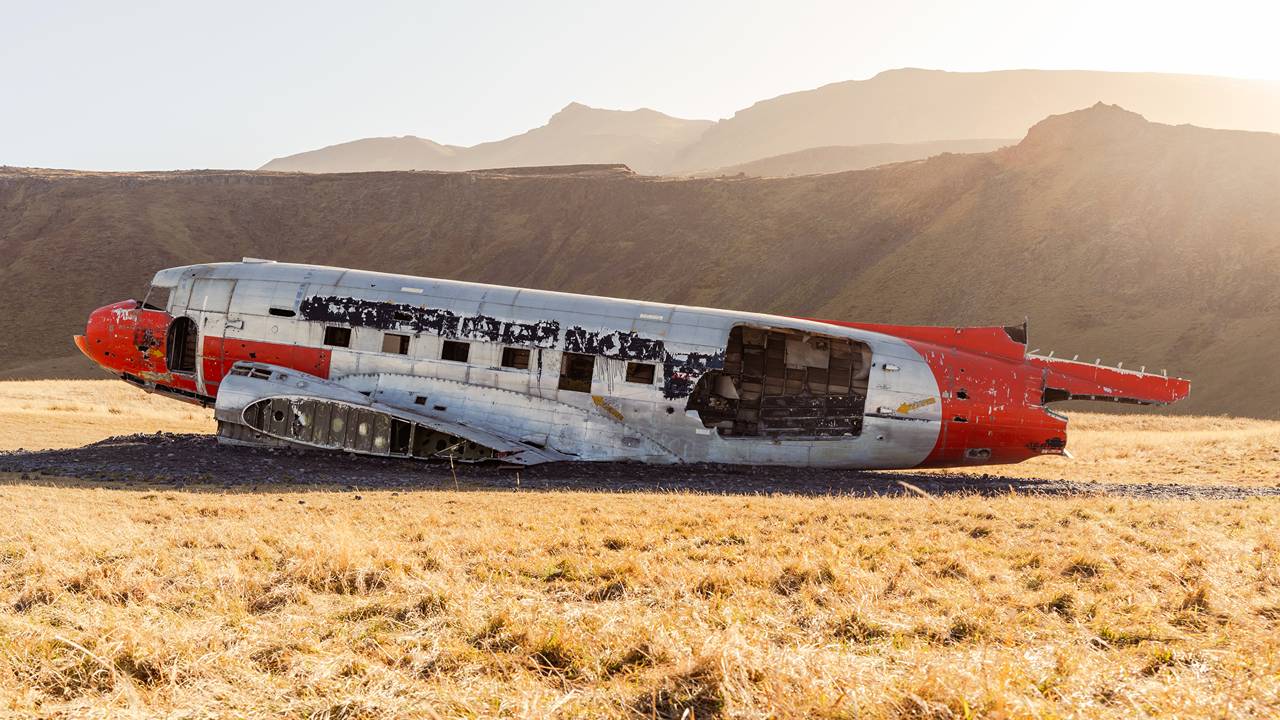Monsters of Rock: Iron ore back in vogue
Iron ore majors are trading at their highest levels since Liberation Day as easing trade tensions bode well for steel complex.

Stockhead
Don't miss out on the headlines from Stockhead. Followed categories will be added to My News.
Iron ore back above US$100/t
Major miners hit strongest share prices since Liberation Day
ASX 300 Metals and Mining index up over 2% this week, led by wild Liontown run
Iron ore's run beyond US$100/t has sent the share prices of Rio Tinto (ASX:RIO), BHP (ASX:BHP) and Fortescue (ASX:FMG) running to their highest levels since Donald Trump's Liberation Day set off the latest US-China trade war in earnest on April 2.
The revival of the big miners has followed a rebound in equity markets as Trump's Team America and Xi Jinping's Chinese trade squadron settled on a 90-day pause that trimmed reciprocal tariffs from an imbecilic 145% and 125% to a more moderate but still somewhat heavy 30% and 10%.
China's also been floating some support for its battered and bruised local economy while steelmakers have, in spite of thin to lossmaking margins and a teetering property sector, been pumping out strong volumes of crude steel.
Despite concerns global economic uncertainty would trim Chinese steel production it actually lifted 1.1% YoY in the March quarter.
There have been some supply issues as well, with weak exports from the Pilbara early in the year due to cyclones and now quality issues from the world's top hematite exporter Rio Tinto.
Its Pilbara Blend fines product will be trimmed in grade from 61.6% Fe to 60.8% Fe from July to September according to MySteel, meaning steelmakers will need more material and rely on blending with higher grade ores.
The delicate balance of supply and demand could all be upended once the massive Simandou mine in Guinea begins exports late this year.
But for now iron ore prices remain relatively solid, fetching US$100.70/t today.
Upping forecasts
That reversal jives with what analysts are seeing.
ANZ's Daniel Hynes and Soni Kumari upped their short-term price target to US$100/t on Thursday.
While China's property market is still trying to claw its way out of the toilet, demand from other sectors is on the rise, now making up 72% of total Chinese steel demand.
"Fixed asset investment growth rose to 4.2% in March, from 3.2% in December 2024. The heavy industry sector, which includes railways and shipbuilding has also been exceptionally strong with investment up 20% y/y in Q1," Hynes and Kumari said.
"We forecast non-property steel demand to rise nearly 2% this year. We also expect China’s steel industry to be relatively immune from ongoing trade tensions with the US, with trade to other markets such as Europe and Asia picking up the slack.
"Overall, we expect total steel demand to record growth in 2025. Spot prices have tested the US$95/t support level four times over the past six months and recovered quickly. We expect that to remain so in the short term. Therefore, we have raised our short-term price target of US$100/t."
After a strong first quarter ANZ now forecasts Chinese steel demand will record its first year of positive growth since 2020 – hitting 998Mt.
"Output in March was 92.8mt, up 5.1% y/y. According to China Iron & Steel Association data, average daily steel output rose to 2.8mt in the 10 days to 1 May. This compares with output of 2.6mt in the first 10-day period of the year," ANZ's boffins say.
"This level of output will be aided by relatively low steel inventories. Currently they sit at 11.6mt, according to Steelhome data. That is the lowest for this time of year since 2016. While steel mill margins remain in negative territory, market sentiment remains positive.
"The steel industry’s Purchasing Managers Index in China rose to 51.29 in March. And while it fell to 50.3 in April, it remains in expansionary territory."
Not all market watchers are so bullish on iron ore.
Westpac's Robert Rennie sees a drop below US$90/t in the second half, even if the tariff 'ceasefire' means US$95/t is unlikely to be breached for now.
"Domestic steel companies continue pointing to a difficult second half with Shandong Iron and Steel forecasting “strong supply and weak demand” and Rio has confirmed first iron ore from the massive Simandou project in Guinea will be delivered to the port of Moribaya in November rather than the previous guidance of December," he said on X.com.
"Hence, we remain of the view that prices will fall below $90 and beyond later this year."
The ASX 300 Metals and Mining index rose 2.14% over the past week.
Which ASX 300 Resources stocks have impressed and depressed?
Making gains
Liontown Resources (ASX:LTR) (lithium) +51.9%
Mineral Resources (ASX:MIN) (lithium/iron ore) +28%
Alcoa Corporation (ASX:AAI) (alumina) +15%
WA1 Resources (ASX:WA1) (niobium) +9.2%
Eating losses
Ora Banda (ASX:OBM) (gold) -15.6%
Ramelius Resources (ASX:RMS) (gold) -13.4%
Vault Minerals (ASX:VAU) (gold) -12.9%
Capricorn Metals (ASX:CMM) (gold) -12.7%
Lithium prices are at four year lows, but that's done little to quell a sudden tidal wave of enthusiasm at Liontown Resources, owner of the Kathleen Valley mine.
Amid spodumene spot prices around US$700/t, the new lithium producer has curiously surged after securing concessions to keep costs down from the WA Government. But speculation (i.e. rumours) about major shareholder Gina Rinehart's plans for the company could be behind the run up in the company's share price after they got some press this week.
A bagholder can dream. Losses were led by the gold sector – the signs of trade normalisation from the US and China were obviously bad for bullion, a commodity which thrives on mayhem and uncertainty.
Prices 1.2% to over $5000/oz Aussie today, so it's nothing to be too sad about if you like gold producers. Cash flows will be very healthy this quarter for most.
Originally published as Monsters of Rock: Iron ore back in vogue


